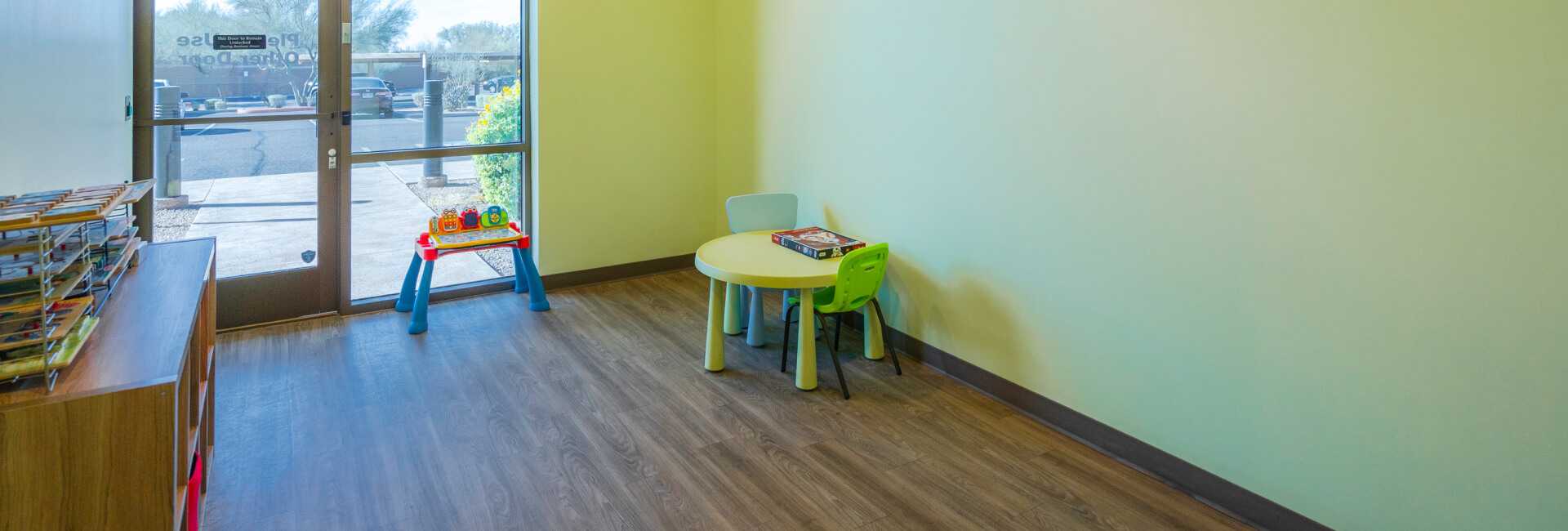7 Reasons Why an ABA Curriculum is Effective in the Classroom
7 Reasons Why an ABA Curriculum is Effective in the Classroom
Those that are looking into ABA Curriculum are probably doing so with many goals in mind – a large one in part being to implement a specific set of skills with the maximum amount of effectiveness. By consistently measuring how effective the response is of the student, the curriculum is able to be adjusted accordingly. With that in mind, here are several other reasons as to why ABA curriculum is so valuable.
Evidence-based
ABA curricula are evidence based in that they are scientifically proven to be effective for a large number of children through peer-reviewed research. When developing new teaching procedures for the first time, data is taken on the student’s progress to ensure that it is effective and then replicated many times and published before it is considered to be evidence-based. ABA curricula that are used within classrooms have been tested repeatedly on different populations of children and have been shown to yield successful outcomes related to the area of focus. What does this mean? This means that your child is receiving a curriculum that we already know works. Your child may need some modifications or individualization in order for them to reach their maximum level of success but don’t worry, ABA curricula cover these concerns as well (see below).
Spiraled
ABA curricula are spiraled meaning that previously learned targets are presented in subsequent lessons such that the student does not lose those previously mastered skills. New targets are “spiraled” in with old targets simultaneously which is desirable from the student’s perspective as it prevents them from getting overwhelmed or from receiving an information overload that is not successfully sustainable. The spiraling method makes ABA curricula successful within classrooms because it enables learners that acquire skills at both a fast and slow pace to learn together. Having the review component is helpful for those who need more exposure to concepts in order to fully understand them while providing a chance to review these concepts for those that do is an added benefit.
Consistently monitored/supervised
A key characteristic of an ABA curriculum is that student progress is consistently monitored throughout. The teacher will take data on whether each student is responding correctly or incorrectly to any given question. ABA curricula being delivered in ABA classrooms are monitored at a higher level than most other curricula by qualified, trained supervisors who pay much more attention to detail than a typical school supervisor or director. This specialized supervisory structure is driven by the goal to provide more one-on-one attention to children receiving an ABA curriculum versus a typical general education curriculum.
Visual analysis of progress
This fourth reason why an ABA curriculum is effective in a classroom is tied to the previous reason concerning consistent monitoring and supervision of progress. Student performance on ABA curricula are not only monitored closely by collecting data on student responding, but through graphing such data so that visual analysis of progress can be monitored by professionals and presented to parents in a clear and precise manner. CABAS® model preschools such as the one implemented at SCI, use a decision-protocol designed to monitor progress such that specific decisions about students’ progress are being made based on trends found in their performance data. If a program appears to be going well, the teacher will continue to teach using methods that have shown to be effective with a particular child, if a program appears to be going poorly, the teacher will explore alternative methods of teaching that topic to that particular child until a successful method is found.
Function over Form
Another important aspect regarding ABA curricula that contribute to their effectiveness within the classroom includes an emphasis on function over form across all academic areas. All too often, teachers focus on details relating to the form of an answer rather than focusing on having a student develop functional skills that allow them to access reinforcement in their natural environment. For example, when spelling the word “Cat”, if a child who is merely beginning to learn how to write writes “Kat” and then their friend is able to read the word phonetically, the message is still being accurately conveyed, an important stepping stone that should not be ignored. ABA curricula put greater emphasis on functional responses, reinforce them, and then shape them to include the correct form down the line. This point is specifically important for children with disabilities who may have difficulty acquiring new skills. If a child is able to communicate effectively using correct function but may be missing the correct form, function should be celebrated while form takes a back seat as a secondary goal. The point is not being made that form should be ignored altogether, rather should not be the only component of acquiring a new skill that holds importance.
Individualized
ABA curricula are often set-up such that individualized of specific skills, sections, or concepts, is possible. ABA curricula often include components that are meant to be done in a group, and then independent follow-up exercises that can indicate to the teacher whether the student understood the concepts that were just taught during the group lesson. Successful individualization often requires there to be more than one staff member present in the classroom, which is why an ABA classroom is a perfect place to achieve this. ABA classrooms usually comprise one lead teacher and about 1-2 additional teaching assistants to help deliver a more specialized education tailored to your child.
Motivating
ABA curricula are designed with the goal to build in opportunities to reinforce students for attending, emitting correct responses and demonstrating enthusiasm for learning new concepts throughout. When children receive frequent attention for good behavior in the classroom, these behaviors increase in the future thus increasing your child’s likelihood for success within the classroom and beyond! A classroom setting is the perfect place to elicit motivation to learn as there are many opportunities for children to learn from their peers, be peer models themselves, and engage in team-work.





